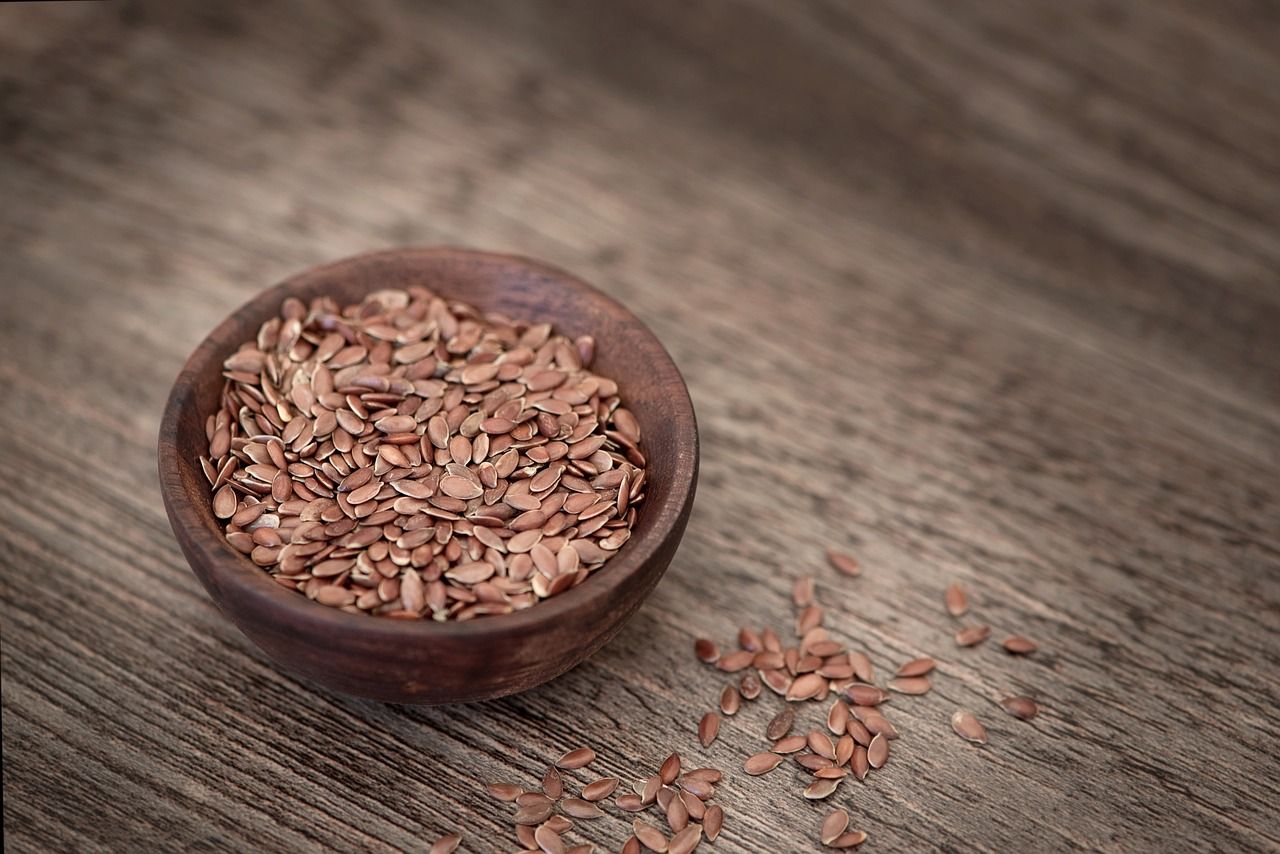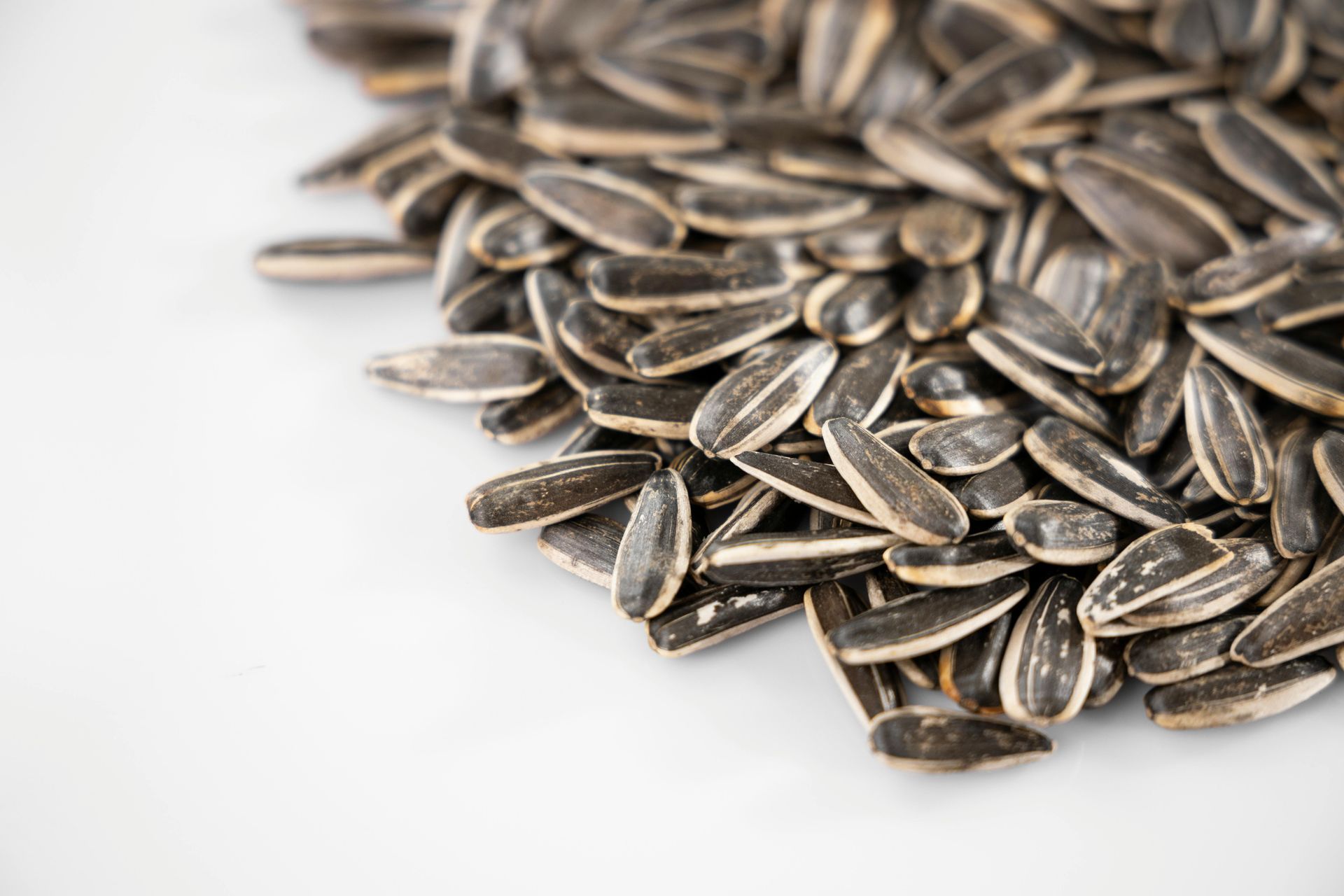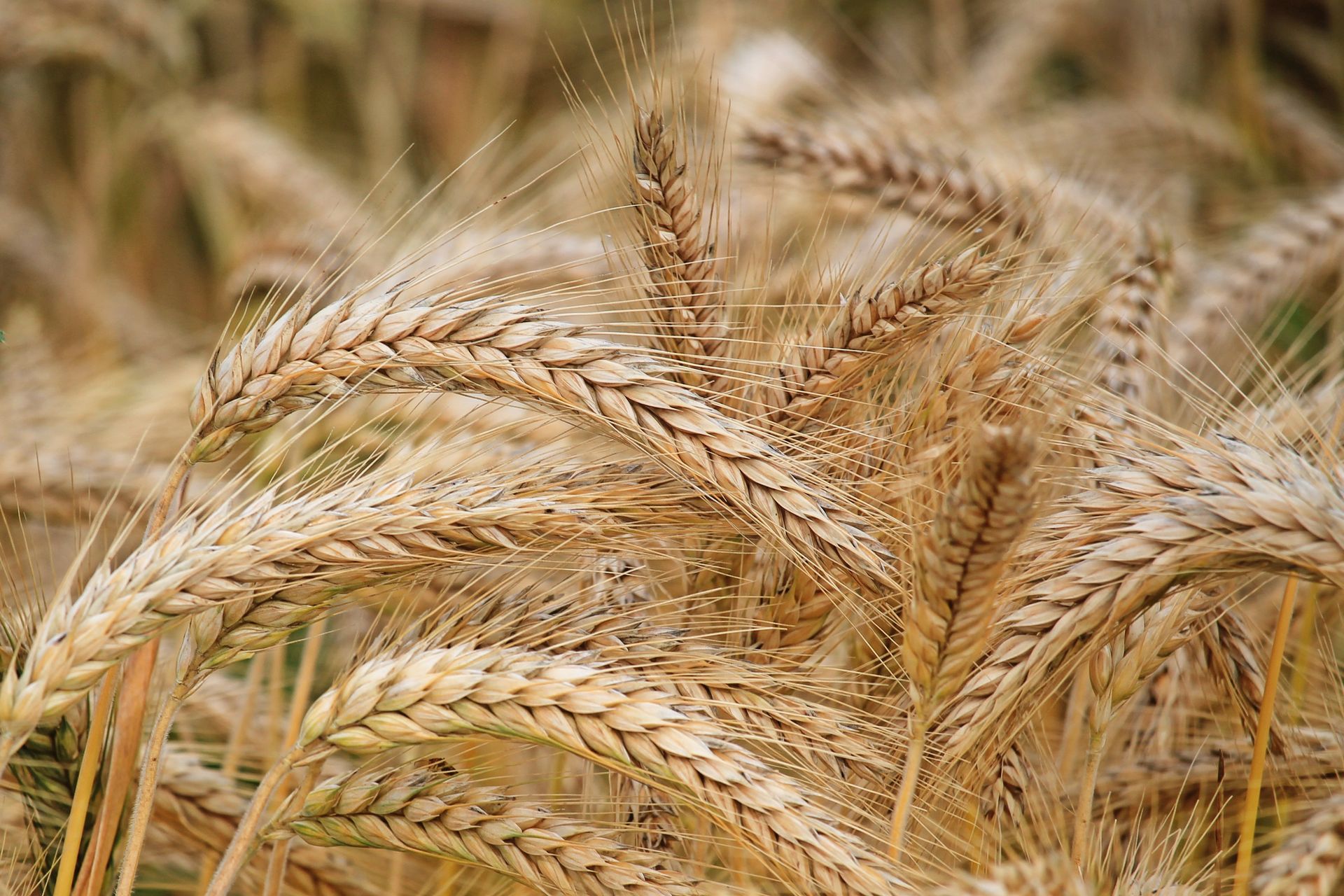More Information Regarding Salts
One of the most often utilized elements in practically all foods is salt. You take salt daily. It is nicknamed "common salt" for this reason. But how scientifically sound is this ingredient? How does salt become made? What varieties of salts are there? Learn more about salts now.
What exactly are salts?
Ionic compounds known as salts are composed of two groups of positively charged (H+) and negatively charged (OH-) ions. When bases and acids are mixed in an equal amount, salt is created in chemistry. whereas sea water inherently contains salt. Neutralization is the process by which acids and bases react with one another to produce salt and water. NaCl is the chemical formula for table salt. Sodium chloride is referred to as NaCl. There are numerous applications for salt. For instance, salt is utilized in the preparation of toothpaste, plastic, soaps, bleaches, and other products. Salt has a pH of 7, which indicates that it has a neutral nature and is neither acidic nor basic.
Features of Salt
- Chlorine and sodium combine to form salt.
- Both negatively charged (OH-) and positively charged (H+) ions can be found in salt.
- Ion bonds are electrostatic forces of attraction between ions that are attracted to one another due to their oppositely charged ions.
- The ionic compounds are neutral with no charge when they contain an equal number of opposite charges.
- A good conductor of electricity is salt water.
- Because ions are present in salts, they have an ionic character.
- They are solids that are hard, crystalline, and brittle.
- Salt has a salty flavor and is white and odorless.
- Water (H2O) is soluble in all potassium (K), ammonium (NH4+), and sodium (Na) salts.
- Water can dissolve nitrates, nitrites, and bicarbonates.
- Water is insoluble for all metallic oxides, metallic carbonates, hydroxides, phosphates, and sulfides.
Various Salts
The various varieties of salt include the following:
Normal salt
Electrical neutrality exists in typical salts. These salts, which lack replacement hydrogen or hydroxyl, are created when acids and bases neutralize. Hydrogen ions are entirely swapped out for metallic ions. NaCl, KNO3, CuSO4, etc., as examples.
Basic salt
Salt is created when the hydroxy radicals of a diacidic base or a triadic base are partially replaced by an acid radical. This type of acid is composed of an acid anion, metallic cation, and hydroxyl. For instance, basic magnesium chloride, basic zinc chloride, ZnOHCL, etc.
Acidic salt
The salt that results when a polybasic acid is partially neutralized by a base is acidic. In other words, this salt is created by only partially replacing the acidic hydrogen in polybasic acid with a metal. NaHSO4, NaHS, NaHCO3, etc., as examples.
Double salt
Multiple cations or anions are present in double salts. They are a type of crystalline salt with a different crystal structure from either of the other two simple salts they are composed of. Bromlite, potassium sodium tartrate, aluminum Sul acetate, etc. are a few examples.
Mixed salt
A salt that contains more than one basic or acid is known as a mixed salt. For instance, bleaching powder, sodium potassium sulphate, etc.
Complex salt
Simple salts are combined to form a saturated solution, and the solution then crystallizes, much like double salts. For instance, potassium mercuric iodide, sodium silver cyanide, etc.
Conclusion
Everyone in the world uses salt, which is an essential mineral for human life. You can learn more about the salt in this, including its characteristics and variants.










Submit your Enquiry today
We will get back to you as soon as possible.
Please try again later.

REGENT AGRO FOODS PRIVATE LTD
1/127 N Mettupalayam
Tirupur 641670
Tamilnadu, India
All Rights Reserved | Regent Agro Foods
Designed by Yectra

